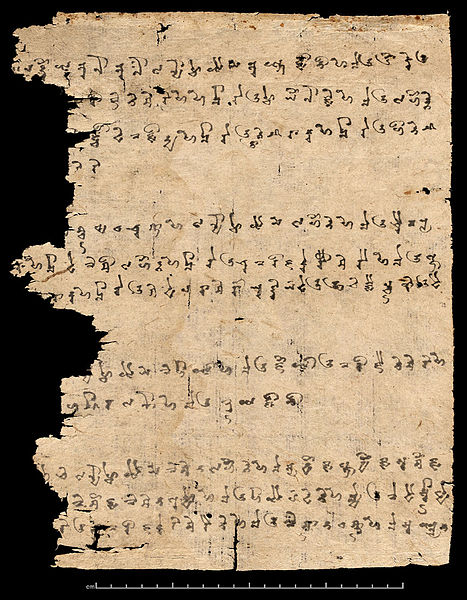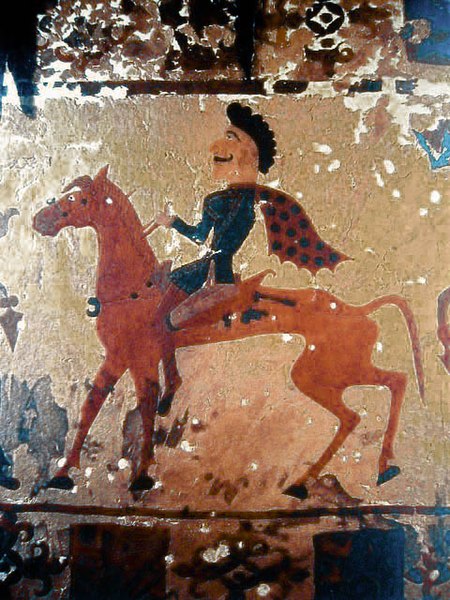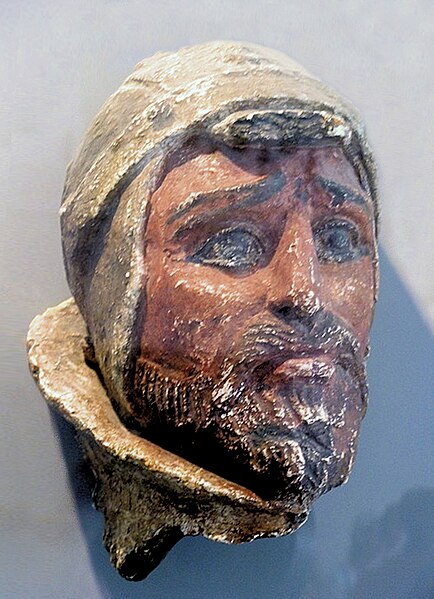The Scythian languages are a group of Eastern Iranic languages of the classical and late antique period, spoken in a vast region of Eurasia by the populations belonging to the Scythian cultures and their descendants. The dominant ethnic groups among the Scythian-speakers were nomadic pastoralists of Central Asia and the Pontic–Caspian steppe. Fragments of their speech known from inscriptions and words quoted in ancient authors as well as analysis of their names indicate that it was an Indo-European language, more specifically from the Iranic group of Indo-Iranic languages.
A document from Khotan written in Khotanese Saka, part of the Eastern Iranic branch of the Indo-European languages, listing the animals of the Chinese zodiac in the cycle of predictions for people born in that year; ink on paper, early 9th century
The Scytho-Siberian world was an archaeological horizon that flourished across the entire Eurasian Steppe during the Iron Age, from approximately the 9th century BC to the 2nd century AD. It included the Scythian, Sauromatian and Sarmatian cultures of Eastern Europe, the Saka-Massagetae and Tasmola cultures of Central Asia, and the Aldy-Bel, Pazyryk and Tagar cultures of south Siberia.
Scytho-Siberian world
Horseman from the Pazyryk burials, c. 300 BC, one of the most famous archaeological discoveries from the Scytho-Siberian world. Equestrianism is one of the chief characteristics of the Scytho-Siberian world
Depiction of a Sarmatian from a Roman sarcophagus, 2nd century AD. Although a different people than the Scythians, the Sarmatians were part of the Scytho-Siberian world.
Head of a Saka warrior, as a defeated enemy of the Yuezhi, from Khalchayan, northern Bactria, 1st century BC.





